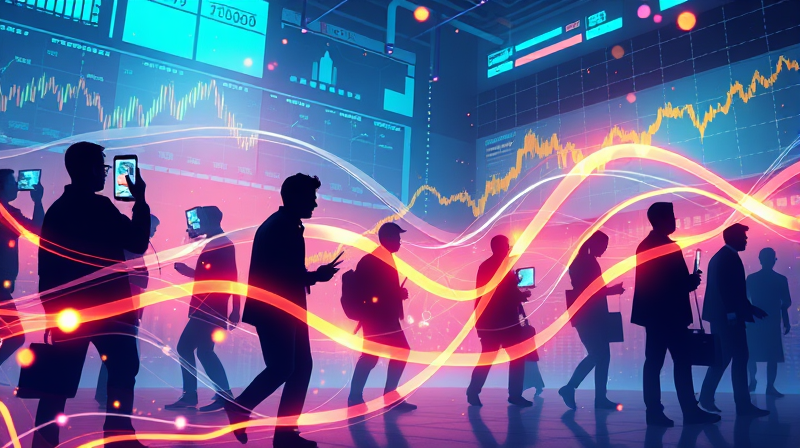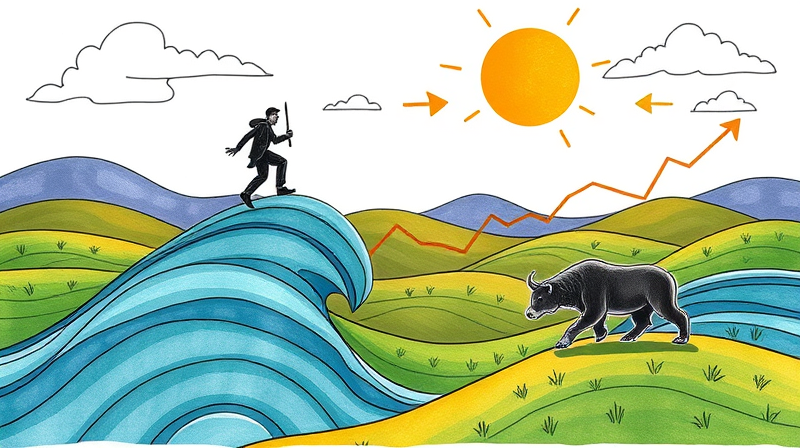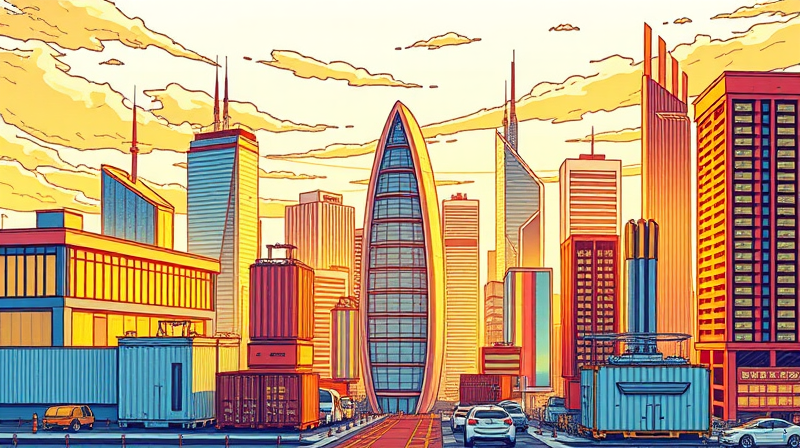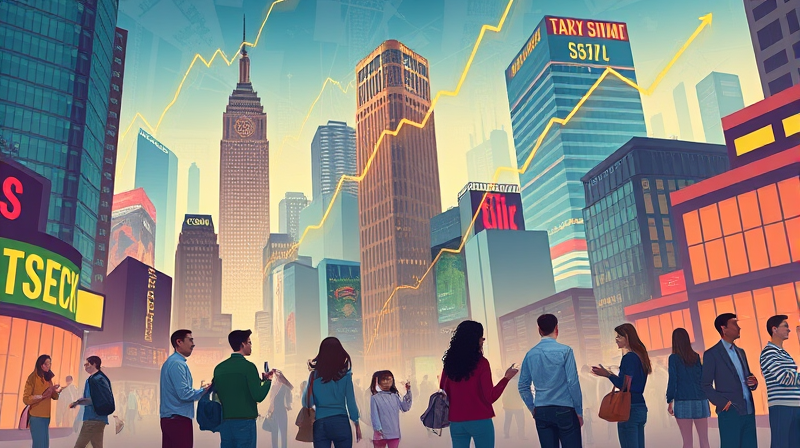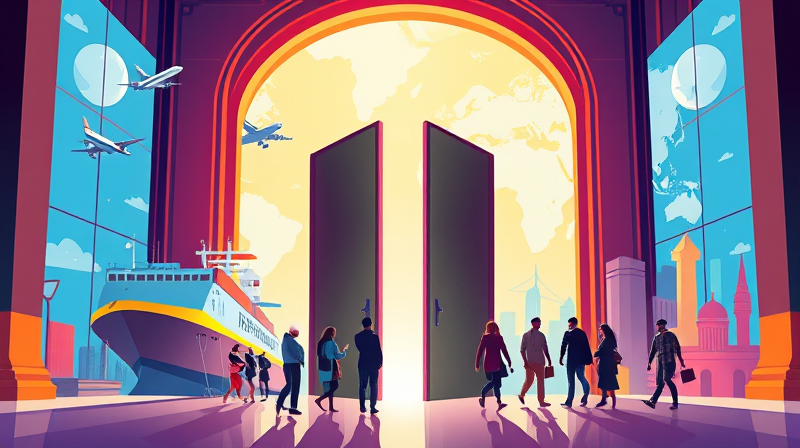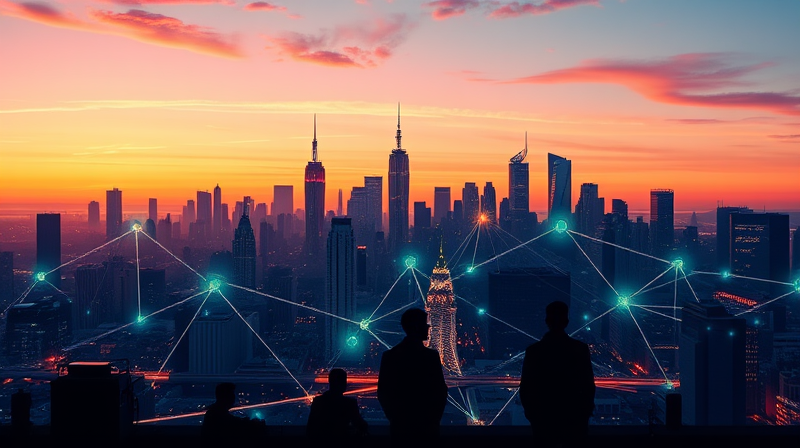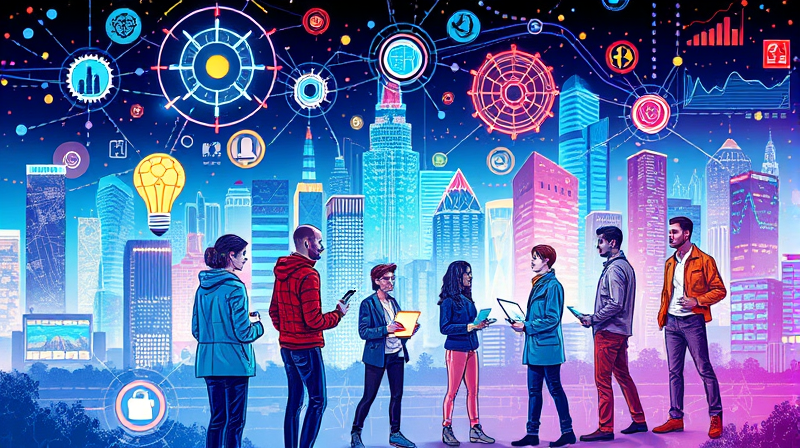
Innovation sits at the heart of economic vitality, shaping productivity gains and lifting living standards worldwide. As we reach mid-2025, technological breakthroughs—particularly in artificial intelligence—are propelling growth figures beyond historical averages, offering a roadmap to sustained prosperity.
In this article, we explore the forces driving innovation, assess the latest data, confront emerging challenges, and outline strategic pathways for inclusive growth. Our goal is to inspire action and provide practical recommendations for policymakers, business leaders, and social entrepreneurs alike.
Innovation is a primary engine of productivity-driven economic growth. By introducing cutting-edge technologies, processes, and business models, societies can achieve higher output per worker, generate new market opportunities, and secure better wages. In the United States, for instance, projected growth above 3% in 2025 is largely attributed to rapid AI integration and digitalization.
Globally, the IMF estimates that AI alone is estimated to add 0.8% to annual global GDP growth, underlining its transformative power. These gains do more than expand economic output—they foster resilience, enabling economies to weather downturns and support job creation in emerging sectors.
The global economy faces mixed prospects. While developed nations maintain momentum, many regions struggle with stagnating productivity and insufficient R&D investment. Understanding these disparities is critical to crafting responsive policies.
According to the Global Innovation Index, only a handful of economies consistently lead in research, education, and infrastructure. Meanwhile, roughly three-quarters of countries cannot progress quickly with AI due to missing infrastructure or skilled labor pools. Addressing this gap is essential for avoiding a two-speed world.
Innovation drives growth through multiple channels, transforming industries and societies at large. These mechanisms include:
Case studies across the U.S. technology sector illustrate how robust R&D spending and talent development can reverse economic slowdowns. For example, public-private partnerships in Silicon Valley have accelerated AI research while providing pathways for underrepresented groups to enter high-tech fields.
Despite the promise of innovation, several barriers threaten to undermine its benefits. Access and inequality remain top concerns, especially in emerging and developing economies.
Limited access to capital, weak digital infrastructure, and brain drain hinder many nations from reaping the rewards of technological progress. Policy uncertainties, heightened trade barriers, and geopolitical tensions further dampen investor confidence.
Moreover, debates continue over how quickly current technologies will translate into widespread prosperity. Structural barriers, such as rigid labor markets and outdated education systems, may slow the diffusion of innovations vital to achieving the UN Sustainable Development Goals.
To unlock the full potential of innovation, coordinated action across public and private sectors is imperative. Strategies must prioritize equity, infrastructure, and skill development to bridge existing divides.
Evidence from OECD and WIPO reports confirms that economies with targeted R&D incentives and robust IP protection outperform peers in both patent output and commercial adoption. These successes underscore the need for coherent policy design.
As we navigate an era defined by rapid technological change, harnessing innovation responsibly is paramount. Leaders must balance fast-paced adoption with ethical considerations, ensuring AI and automation serve broad societal goals rather than narrow interests.
Collaboration across borders, disciplines, and sectors will determine whether innovation remains a force for inclusive expansion or if it deepens existing inequalities. By embracing strategic investments, equitable policies, and a commitment to lifelong learning, we can chart a course toward sustainable prosperity.
Ultimately, innovation is not merely a technical endeavor—it is a collective journey toward improving human well-being. With the right mix of vision, resources, and inclusivity, economic expansion powered by innovation can unlock opportunities for millions around the globe.
References






